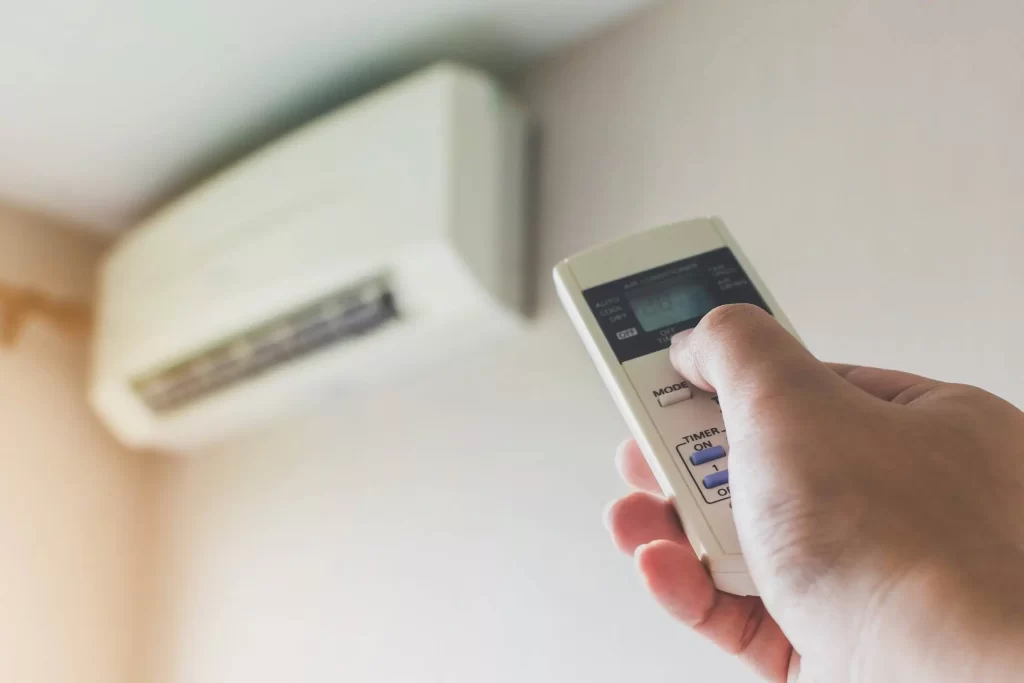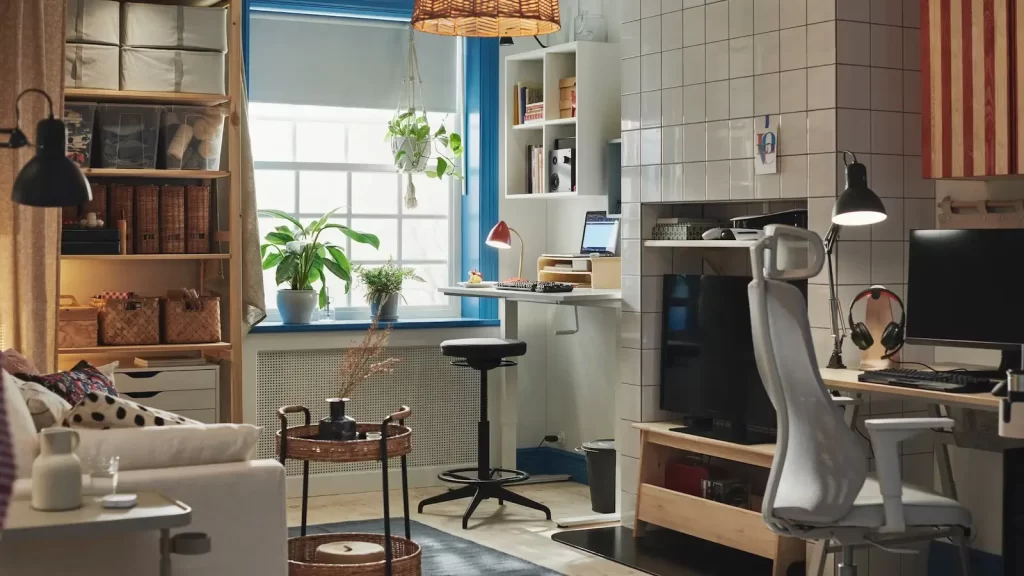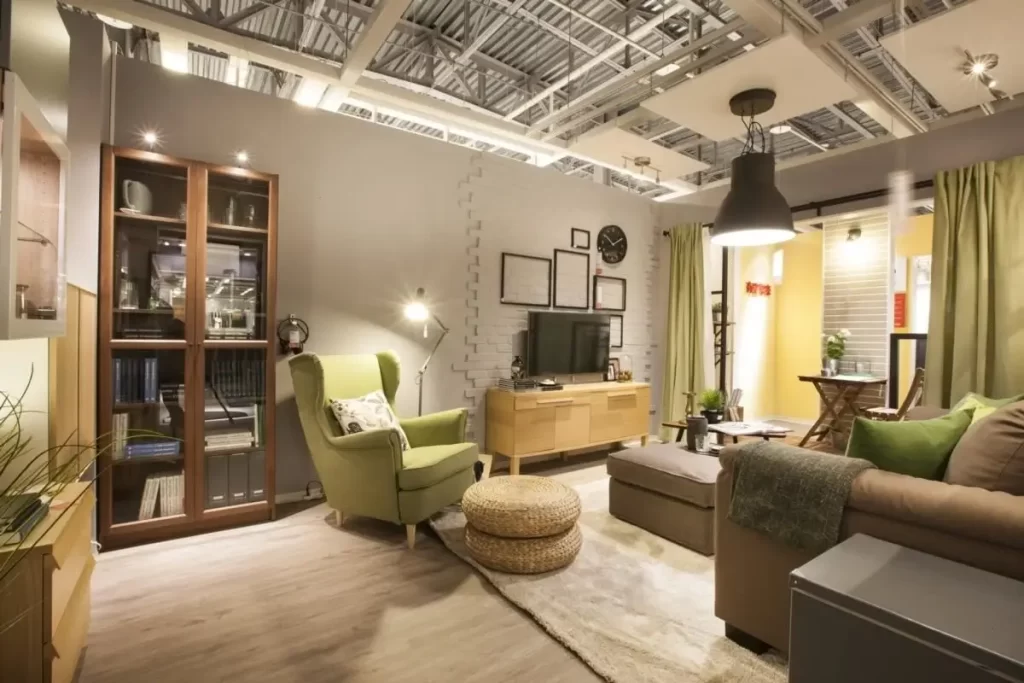Home renovation projects are a great opportunity to improve the functionality and aesthetic of your space. However, as environmental concerns continue to rise, many homeowners are looking for ways to make their renovations more eco-friendly. By adopting sustainable practices, using green materials, and prioritizing energy efficiency, you can create a beautiful home while minimizing your carbon footprint. Here are some green home makeover ideas to help you get started on your environmentally conscious journey.
Home Renovation: Energy-Efficient Appliances and Fixtures
Upgrading to energy-efficient appliances is one of the simplest ways to reduce your home’s energy consumption. Look for appliances with the ENERGY STAR label, which indicates that they meet high energy efficiency standards. Replacing old refrigerators, washing machines, and air conditioners with energy-efficient models can significantly reduce your electricity bills while lowering your environmental impact.
Additionally, consider installing energy-efficient fixtures such as LED light bulbs, low-flow showerheads, and faucets that help reduce water waste. These small changes can make a big difference over time.
Home Renovation: Use Sustainable Building Materials
When upgrading your home, opt for materials that are sustainably sourced, recycled, or renewable. For example:
- Bamboo: Known for its rapid growth and renewability, bamboo is an excellent alternative to hardwood. It can be used for flooring, cabinetry, and furniture.
- Recycled Materials: Materials like reclaimed wood, metal, and glass not only reduce waste but also add a unique, rustic charm to your home.
- Cork: Cork is a renewable resource that works well for flooring and wall coverings. It’s durable, comfortable, and provides great insulation.
By choosing sustainable materials, you reduce the demand for new resources, which helps lower the environmental impact of your home renovation.

Home Renovation: Install Solar Panels
Installing solar panels is an investment that can drastically reduce your home’s carbon footprint while saving you money in the long run. Solar energy harnesses the power of the sun to generate electricity, reducing reliance on nonrenewable energy sources. If you live in an area with lots of sunlight, solar panels can be a cost-effective and eco-friendly solution to power your home.
If a full solar system isn’t within your budget, consider starting small with a solar water heater or solar-powered outdoor lights.
Home Renovation: Improve Insulation and Ventilation
Proper insulation and ventilation are key to making your home more energy-efficient. Adding or upgrading insulation in your walls, attic, and floors can help regulate your home’s temperature, reducing the need for heating and cooling. This, in turn, lowers your energy consumption and makes your home more comfortable.
Good ventilation is equally important for indoor air quality. Consider installing energy-efficient windows or adding ventilation systems that help circulate fresh air without wasting energy. These systems help reduce humidity and ensure a healthy living environment. This is also an important achievement in home improvement.
Green Measures: Use Non-Toxic Paints and Finishes
Traditional paints, stains, and finishes often contain harmful chemicals that can negatively impact both the environment and your health. When renovating, choose low-VOC (volatile organic compounds) or zero-VOC paints, which emit fewer toxins into the air. These eco-friendly paints come in a wide range of colors and finishes, so you can still achieve the look you want without compromising on health or the environment.
For furniture and cabinetry, look for natural finishes like beeswax or linseed oil, which are non-toxic and biodegradable.

Green Measures: Reclaim and Repurpose
Instead of throwing out old furniture, fixtures, or materials, consider reclaiming and repurposing them. For example, old wood can be transformed into stylish shelving, and vintage furniture can be given a new life with a fresh coat of eco-friendly paint. Repurposing materials not only saves money but also reduces waste and minimizes your impact on landfills.
You can also donate old items to charity or sell them to others who might be able to use them. This reduces the need for new production and helps keep unwanted items out of the waste stream.
Use Water-Saving Solutions
Water conservation is an essential aspect of an eco-friendly home. During your renovation, incorporate water-saving solutions such as:
- Low-flow toilets: These use less water per flush and can save thousands of gallons per year.
- Water-efficient appliances: Dishwashers and washing machines that use less water can significantly reduce your water bill.
- Rainwater Harvesting: Installing a rainwater collection system allows you to use rainwater for outdoor irrigation or even indoor use, further reducing your water consumption.
Green Landscaping
Renovating your outdoor space is another opportunity to go green. Consider incorporating native plants into your garden, which are adapted to your local climate and require less water and maintenance. Avoiding lawns, which can require large amounts of water and chemicals, is also a sustainable option.
You can also install permeable paving materials that allow rainwater to drain through, reducing stormwater runoff and helping to recharge the local water table. Adding compost bins or growing your own vegetables is another way to make your landscaping more sustainable.

Smart Home Technology
Smart home technology allows you to monitor and control various systems in your home remotely, helping you save energy. For instance, smart thermostats can learn your schedule and adjust your heating and cooling systems to reduce energy use when you’re not home. You can also install motion-sensor lighting, which ensures that lights are only on when needed.
Eco-Friendly Flooring
There are many eco-friendly flooring options available that look great and are better for the environment. It is also an important reflection of the eco-friendly home revolution. Consider bamboo, cork, or reclaimed wood for a sustainable flooring choice. Additionally, look for flooring products that are free from harmful chemicals and are recyclable at the end of their life cycle.
Conclusion
Making your home renovation more eco-friendly doesn’t have to be overwhelming. By choosing sustainable materials, implementing energy-efficient systems, and adopting simple green practices, you can create a home that is both beautiful and environmentally responsible. Not only will these upgrades benefit the planet, but they will also reduce your long-term energy costs and improve your quality of life. Start small with a few green renovation ideas and work your way up as your budget allows—every step you take makes a difference!